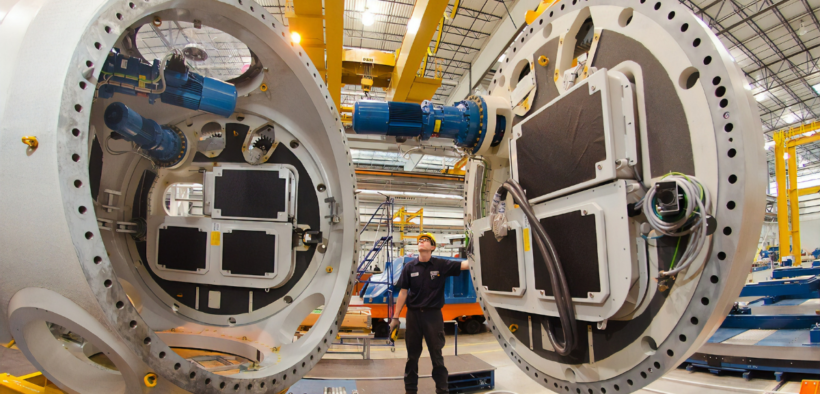Gartner: Organisations face a lack of skilled smart manufacturing workers
Share

As manufacturers rapidly adopt digitisation initiatives to bring their workforce to the 21st century, a recent Gartner survey revealed that organisations currently face a major challenge regarding the lack of smart manufacturing workers.
Conducted online between October and December 2020, the 2020 Gartner Smart Manufacturing Strategy and Implementation Trends Survey interviewed manufacturing leaders from North America, Western Europe, and APAC.
Of the 439 respondents, 57% said that their organisation lacks skilled workers to support their digitisation plans.
“Our survey revealed that manufacturers are currently going through a difficult phase in their digitisation journey toward smart manufacturing,” said Simon Jacobson, VP analyst, with the Gartner Supply Chain practice.
“They accept that changing from a break-fix mentality and culture to a data-driven workforce is a must. However, intuition, efficiency and engagement cannot be sacrificed,” Jacobson said.
He explained that new workers might be tech-savvy but lack access to best practices and know-how. At the same time, tenured workers might have the knowledge, but not the digital skills. This means a truly connected factory worker in a smart manufacturing environment needs both.
According to the research firm, change management is the biggest challenge for executing smart manufacturing initiatives, with organisational complexity, integration and process reengineering as its largest obstacles.
“It’s interesting to see that leadership commitment is frequently cited as not being a challenge,” Jacobson said.
“Across all respondents, 83% agree that their leadership understands and accepts the need to invest in smart manufacturing. However, it does not reflect whether or not the majority of leaders understand the magnitude of change in front of them – regarding technology, as well as talent,” he said.
As companies begin to recognise the value and opportunity for smart manufacturing, this points to the importance of how technology and people must successfully blend when implementing smart manufacturing. Factory workers must evolve alongside the technology and be on board for the changes to come.
“The most immediate action is for organisations to realise that this is more than digitisation. It requires synchronizing activities for capability building, capability enablement and empowering people,” Jacobson said.
“Taking a ‘how to improve a day in the life’ approach will increase engagement, continuous learning and ultimately foster a pull-based approach that will attract tenured workers. They are the best points of contact to identify the best starting points for automation and the required data and digital tools for better decision-making.”
In the long term, it is important to establish a data-driven culture in manufacturing operations that is rooted in governance and training – without stifling employee creativity and ingenuity.
“It’s great when workers use digital tools to build their own experiences, and in turn improve productivity. It’s the manufacturing leaders’ job to make sure to minimise the risk of shadow IT and ensure that digital knowledge is shared among factory workers,” Jacobson concluded.
In case you missed it: Robotic goods-to-person systems to quadruple through 2023, says Gartner















